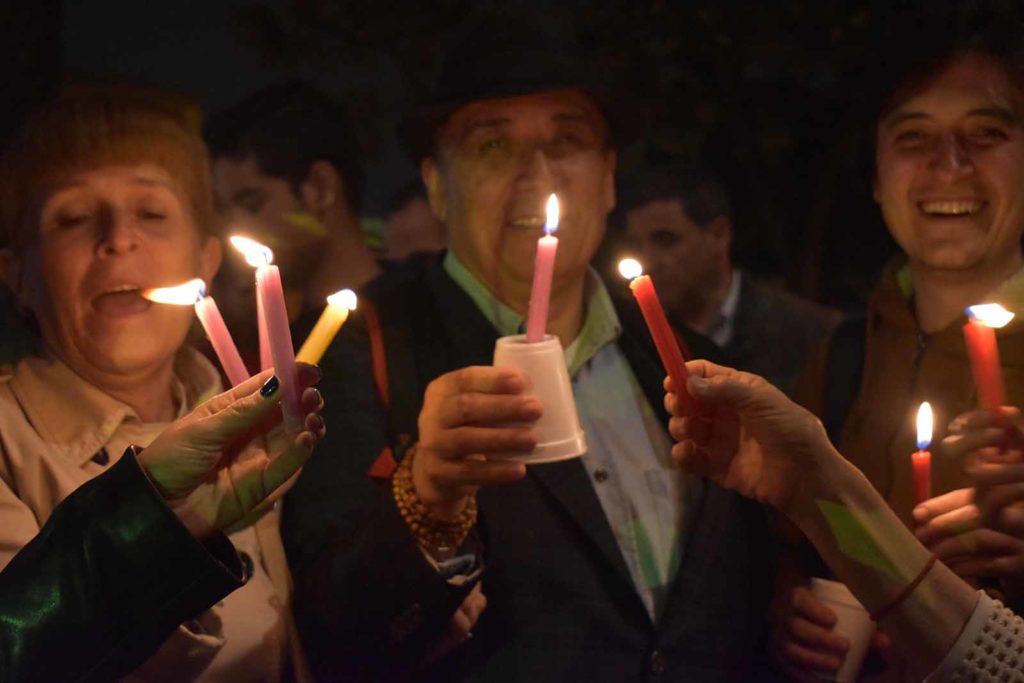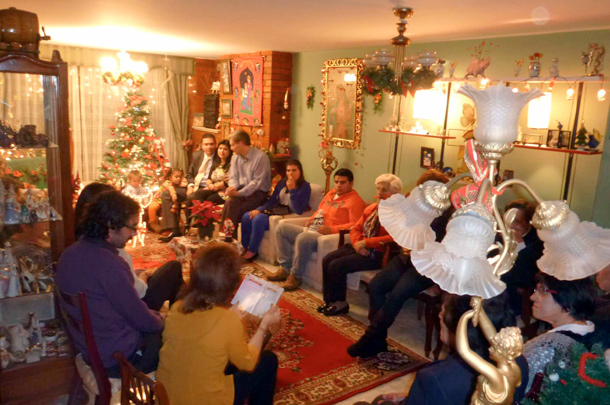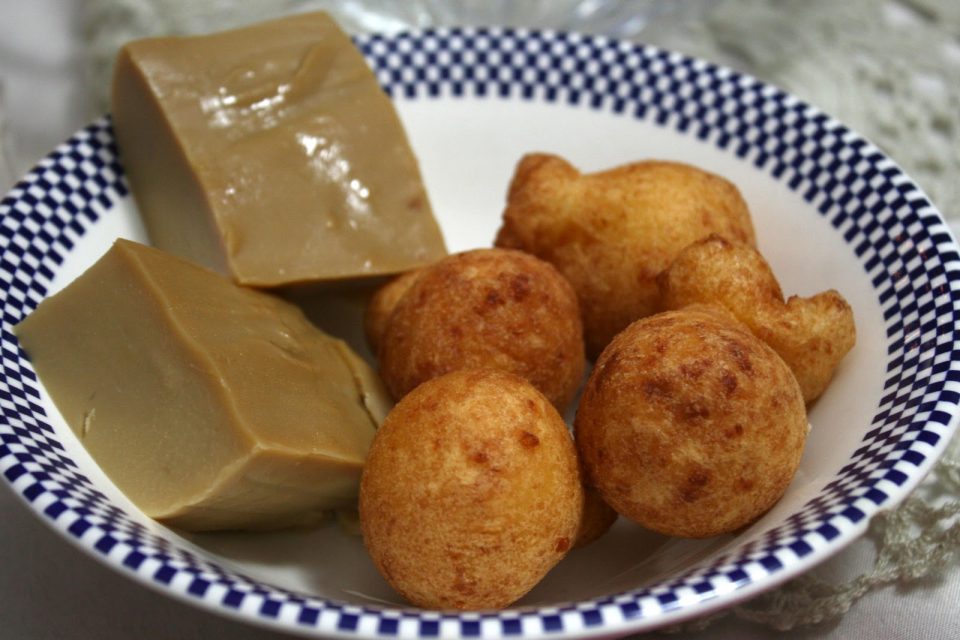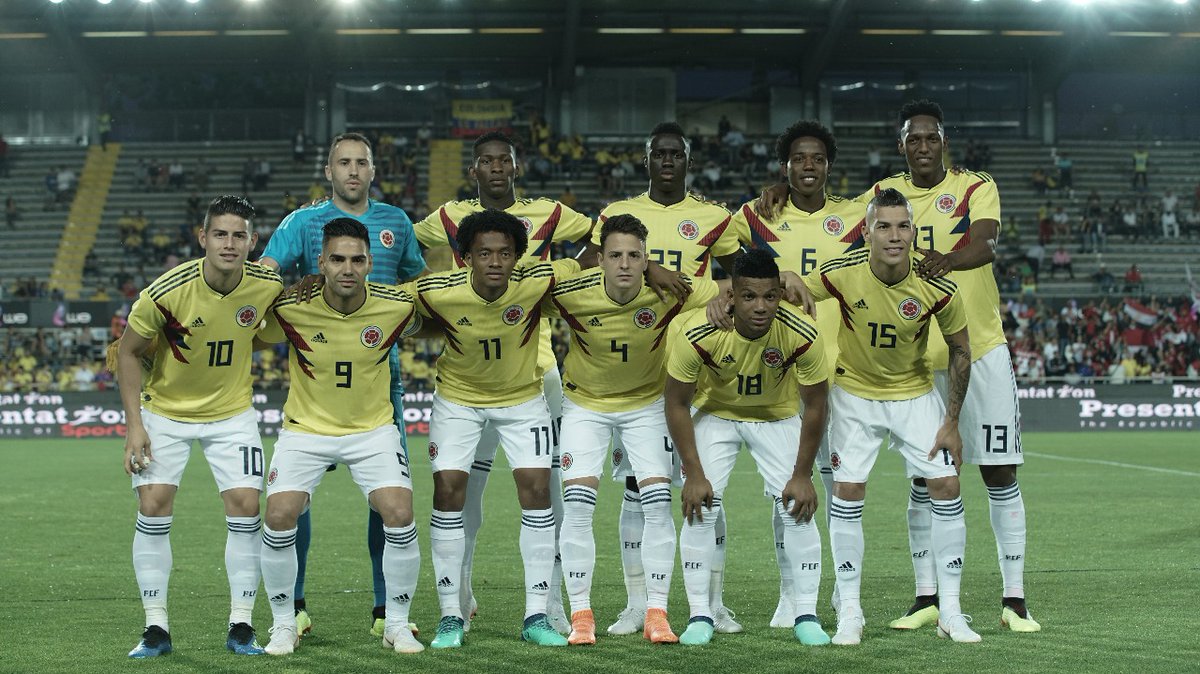If you don’t know your Noche de las velitas from your Nochebuena, now’s the time to get to grips with Christmas festivities in Colombia.

Is this your first Christmas in the country? Or your twelfth night? Either way, this quick guide will cover everything you ought to know about Christmas in Colombia.
The run up
Colombians, as we all know, love to celebrate. Whether it be someone’s birthday, or a family member passing their driving test, Colombians will take advantage of any opportunity to pull out huge speakers, blast vallenato and eat piles and piles of good food. No time is more emblematic of this celebratory predisposition than Christmas.
Therefore, to all intents and purposes your December needs to be cordoned off and declared a time for festivities, and festivities alone. The only snag in wanting to live it up as the locals do is that many events are family-centric, which can be a bit restrictive if you are a foreigner without family ties. Yet, there are many families here who be happy to open their homes and hearts to an international guest.
The merriment begins with ‘Noche de las velitas’ or candle night, which takes place on December 7. Friends, families and roomies come together in the evening to light candles of all shapes and sizes and place them on their balconies, windows or on the pavements outside their homes. Some people design and hang their own cardboard lanterns, especially in smaller towns.
The streets come alight with flickering flames and are a delight to walk along, even if you decide not to light any candles of your own. Just make sure you get wherever you want to be in good time as the roads are often jammed.

‘Novenas’, which begin on December 16 and run up until the 24th, are a lot less tame. A series of nightly parties, with no breaks and ending only on the big day, novenas are perhaps the most famous Colombian holiday tradition. Whilst appearing as a devoutly religious ceremony, with groups reading a series of prayers or gozos each evening, novenas are widely thought of as an excuse for families and friends to come together and celebrate.
Carols are sung, food is laid out, games and raffles are played. Many novenas even descend into fully fledged raves, with guests dancing the night away. Each novena will be different, depending on the host’s preferences, so be sure not to bring a litre bottle of aguardiente to your devoutly catholic co-worker’s evening.
The big day(s)
Perhaps where you’re from, December 25 is the Christmas day. But if you think Christmas day in Colombia is about stumbling down the stairs in your pyjamas to sit about the freshly cut tree and open presents, you are dead wrong.
For Colombians the big day is December 24, commonly known as ‘Nochebuena’. Families pick a house, gather in the living room and often fill up the entire space like sardines, all grappling for an ounce of wiggle room. Music blares from the outset. Beginning with classic festive tunes such as ‘Mi Burrito Sabanero’ it will inevitably evolve to include popular cumbia, salsa, vallenato, ranchera and reggaeton tracks.
Colombian twist to christmas: Getting out of the capital for christmas
Alcohol will flow in abundance throughout the evening, but the seasonal food is the real star. There’s sure to be tamales, which are those banana-leaf-wrapped parcels you may have spotted from afar, and buñuelos, the fried balls that come in to their own in December.
Every family is different, and in big families the feast is often a kind of potluck where different people bring different dishes. You may find lechona – a humongous roast pig stuffed with vegetables, rice and spices, that has been slow cooked for hours and hours beforehand – taking pride of place at the table, but you may also find arroz con pollo, slices of cold turkey or the not-so-Russian ensalada rusa (mayonnaise, potatoes, and peas).
There’s sweet treats aplenty. Natilla, a creamy spiced custard dish, is the festive dessert par excellence. You might also come across manjar blanco, a flan-like sweet treat and torta negra, a dense fruit cake.

After the food coma abates and midnight strikes, the narrative is that baby Jesus arrives and takes his place at the nativity scene, which mean that presents can finally be opened. Following this, fireworks will begin to light up the skies across the country, in all their multi-coloured glory – despite being largely illegal.
When December 25 eventually rolls round, most people are understandably exhausted, hungover, broke or some combination of all three. So, expect a quieter day that is nonetheless family-orientated. Many choose to hit the cinema, go for a walk in the park, or rustle up an outdoor barbecue.
Christmas in Colombia? Here’s all you need to know about it!
The aftermath
Of course, the celebrations don’t stop there. In the downswing after ‘Nochebuena’ there are still several events and traditions to follow.
December 28 is officially known as ‘Día de los Santos Inocentes’, a commemorative occasion to honour the biblical child massacre by King Herod. It may sound bleak, but it will come as no surprise that Colombians use this day as an opportunity to have fun. Expect pranks to be pulled and practical jokes to be had. This is a day that closely resembles April Fools’ day, where creating humour at your expense is the name of the game.
Finally, New Year’s Eve or ‘Nochevieja’, the day that pulls much of the festivities to a close, will come around. Whether you need money, luck or love, there’s plenty of quirky traditions to embrace – find out more on page 21.
However you choose to celebrate – and regardless of whether you choose to take part in any or all of the traditions, food and dance that Colombians are accustomed to – we hope you enjoy the festive period.




